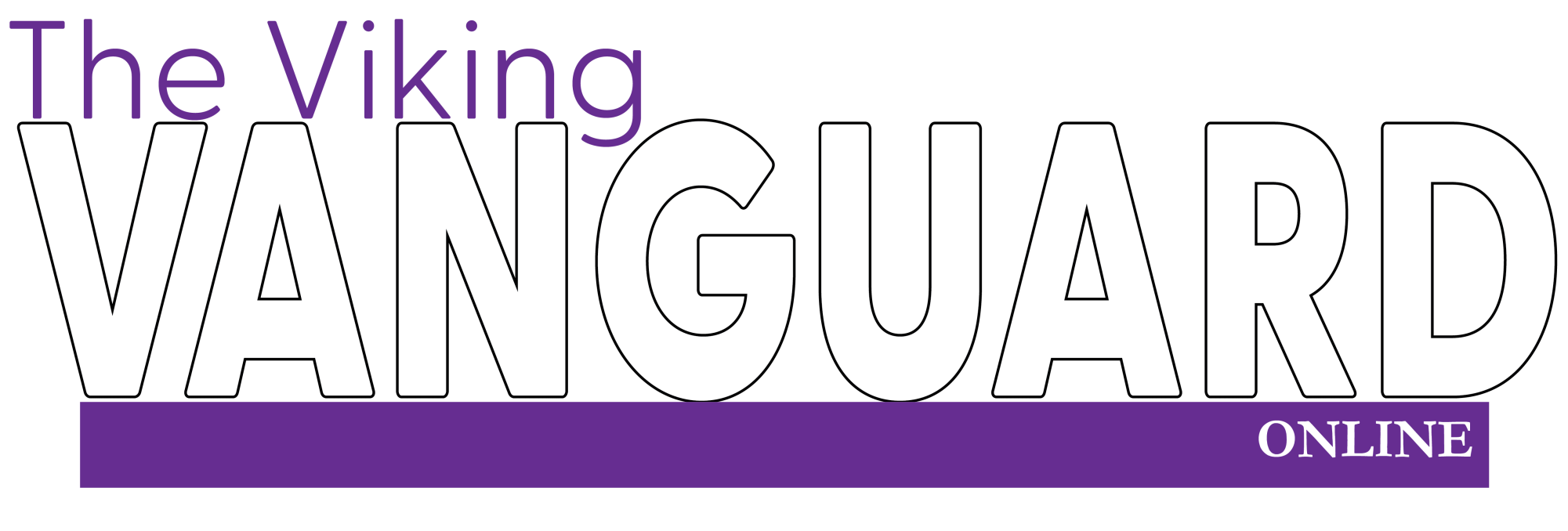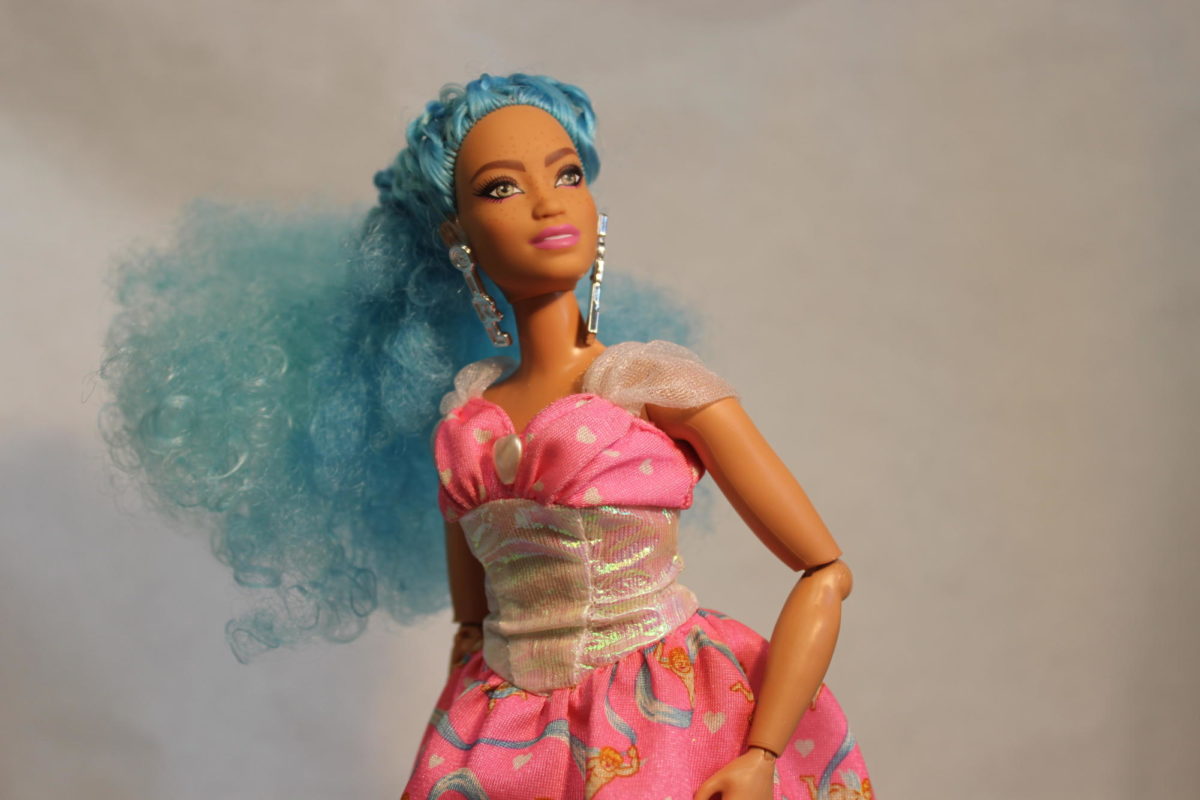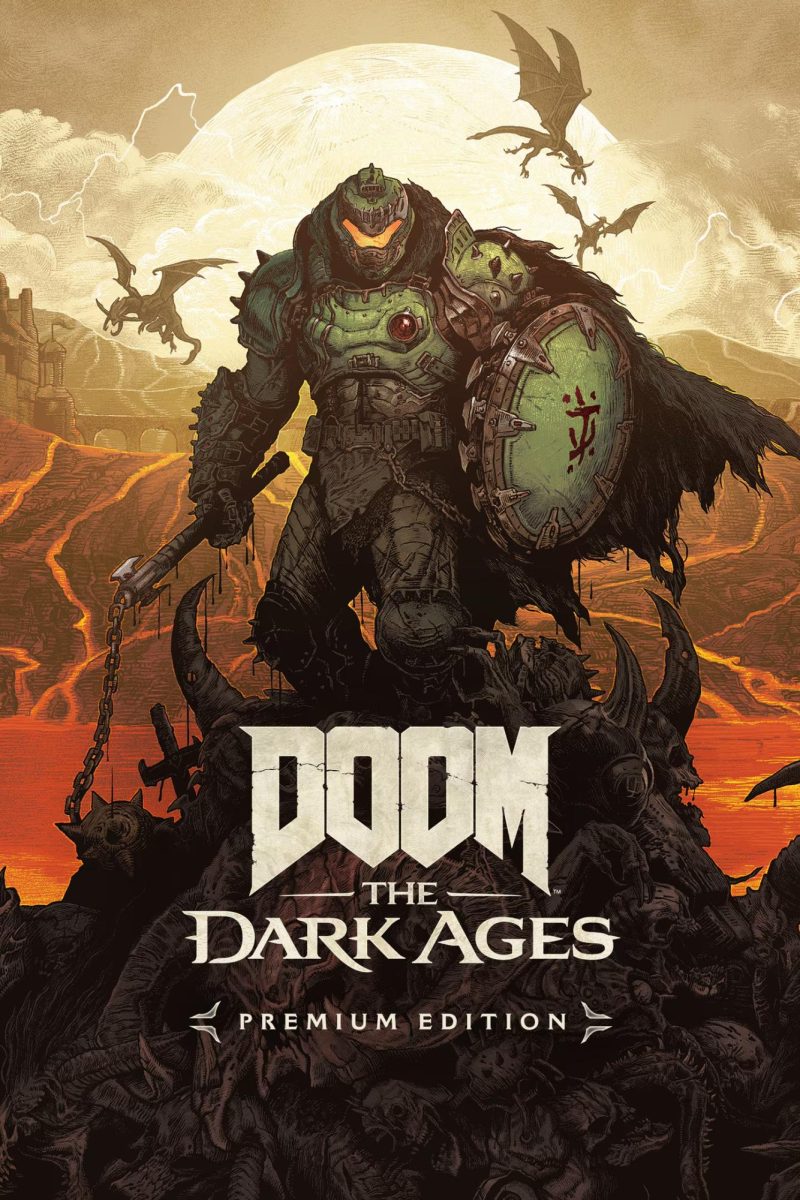With the recent release of the movie Barbie, the popular brand has seen a resurgence in interest from fans of all ages. However, Barbie and her manufacturer Mattel had been navigating a difficult path back into the public’s good graces for years prior to the release of the hit film.
Barbie, originally created in 1959 by Ruth Handler, has become an iconic name, defining both the fashion doll industry, and claiming her place in popular culture. With slogans such as, “We can do anything, right, Barbie?” and “You Can Be Anything,” the Barbie brand aims to empower young girls, depicting the character as successful no matter which of her over two hundred careers Barbie is currently practicing.
But in the 2010s, some raised concerns about the example Barbie set for her target audience: young girls.
The doll was accused of promoting unrealistic body proportions and beauty standards to impressionable children. The image of that Barbie portrayed did not show the true diversity of women. Conversations were started about the lack of diversity when it came to body types as the awareness of the ways that body image can affect kids kept growing.
In 2014, the brand faced more pushback when consumers felt some parts of their book Barbie: I Can Be a Computer Engineer was not empowering to girls. In the book, Barbie relies on two male friends for help creating a computer game. This upset readers as they worried kids would get the wrong message from the story.
Some parents started movements to boycott the Barbie brand and Mattel was publicly criticized by many. Rather famously, competitors such as the Lammily doll appeared, marketing themselves as “more realistic” alternatives to Barbie.
Since the beginning of the scandal, Mattel has worked hard to improve the public opinion of their doll and to increase sales.
Mattel has certainly changed some aspects of their product and branding since the backlash. Barbie has introduced several additional body types to their doll lines, including curvy, petite, and tall versions of the classic toy. The Mattel website declares that the brand now includes, “35 Skin Tones, 97 Hairstyles, 9 Body Types and Counting.”
Furthermore, Mattel has released campaigns such as #MoreRoleModels, which aimed to provide strong role models for girls by depicting notable women with their dolls. Dolls with physical disabilities were also added to product lines, including dolls with prosthetic limbs and dolls who use wheelchairs. With the 2023 release of the movie Barbie, the film was celebrated for its portrayal of the iconic character, showing that the world of Barbie features a diverse cast of different Barbies.
While Barbie has faced her fair share of criticism, the brand has grown to meet the concerns of consumers. Mattel and the Barbie dolls have been incredibly impactful in the world of pop culture, and the brand will endure for the foreseeable future as it takes new steps in dolls, diversity and the toy industry overall.






